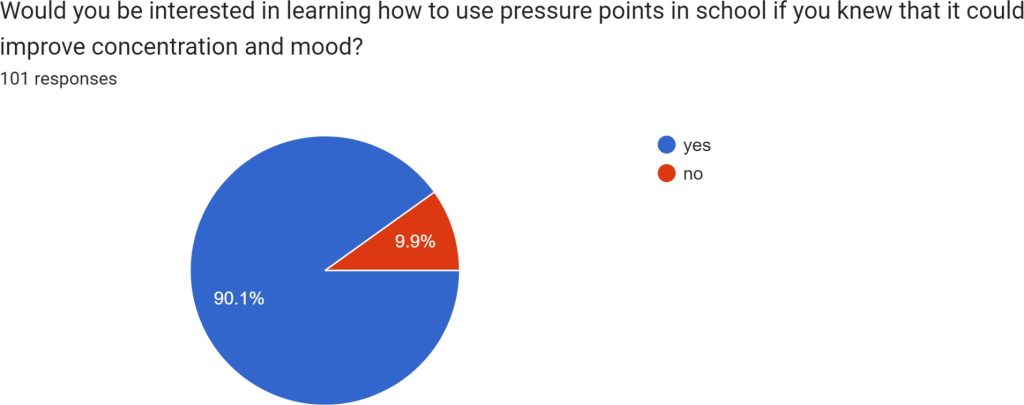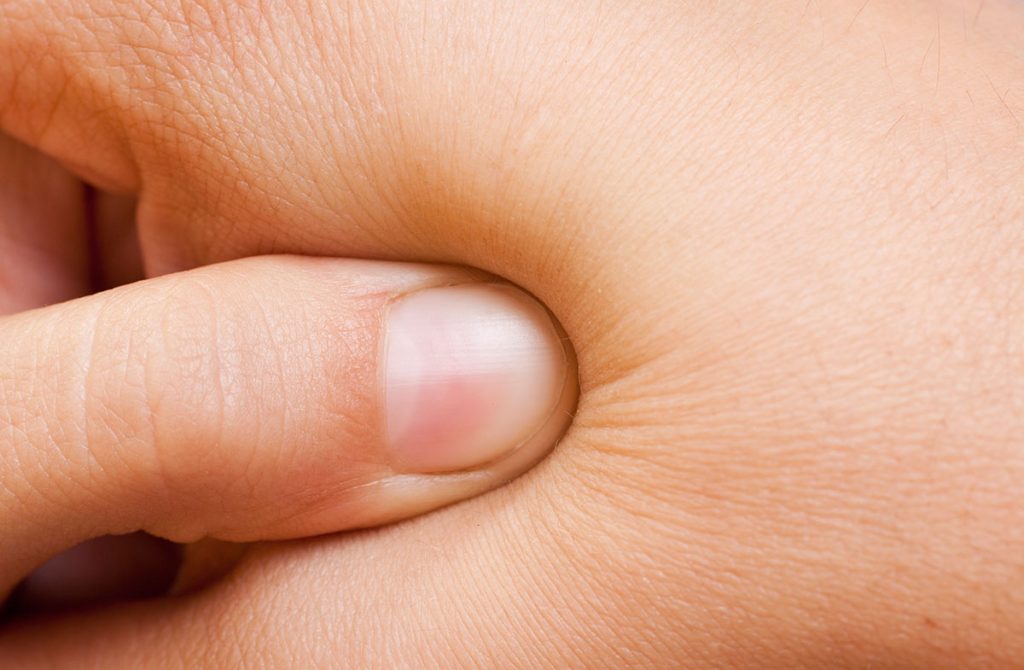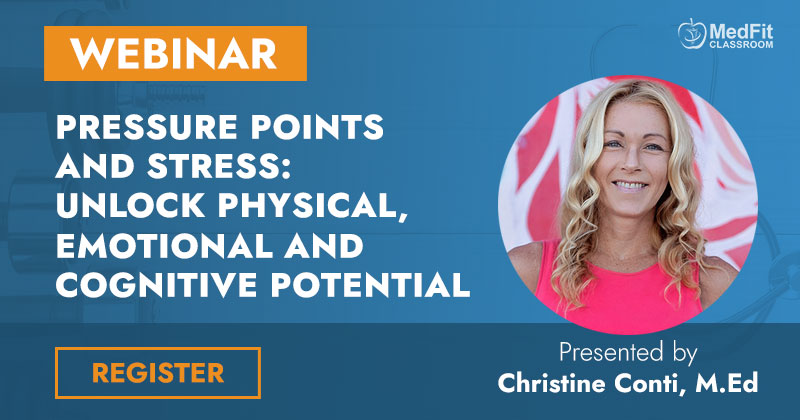Navigating a post-pandemic world can be difficult. After years of living in isolation from family and friends, and without the social stimulation from in-person interactions, teenagers are suffering. This severely affected demographic is in crisis after lacking the social, emotional and physical growth that would have otherwise occurred inside the classroom due to remote learning.
A sedentary lifestyle has become the norm, and the need for belonging is being fulfilled by addictive and oftentimes destructive social media platforms. Chronic diseases such as depression, eating disorders, and drug and alcohol addiction have lead to an unprecedented number of suicide rates in teenagers across the United States. Stress levels are on the rise, and this steadily growing demographic needs our help.
In a recent double-blind study of over 100 young adults ages 13-19, 48.5% reported that they experience high levels of stress a few times each week, while 39.6% reported they experience high levels of stress on a daily basis.

As the world opens up, so does the need to educate teachers, coaches, parents, counselors, and teens that there are tools available to help overcome feelings of loneliness, isolation, depression and anxiety! Learning the most innovative and evidence-based methods to improve both the physical and mental health of our future generations is paramount. It is time to learn the power of pressure point techniques to unlock physical, emotional and cognitive potential both in and out of the school environment.
In another double-blind study, over 100 young adults ages 13-19 were asked if they would be open to learning about pressure point techniques if they knew it could help improve concentration and mood. A resounding 90.1% said YES! Let’s start to better understand and educate this demographic on the tools to not only survive, but thrive in the post-pandemic world.

In addition, by learning the most effective pressure points in the body, it is possible to help manage “the most important stress hormones…cortisol, glucagon and prolactin. However, it’s cortisol that has the greatest impact on the physical and mental health of our mind and body” (Vihande, 2022). There are tremendous benefits to infusing pressure point techniques into physical education and academic classes that have been shown to improve concentration and memory, increase blood flow and circulation, as well as decrease stress and anxiety. Hence, fostering social and emotional health and wellness for everyone!
But that’s not all…
According to New York University neuroscientist, Wendy Suzuki, “exercise stimulates growth factors and stores up cells in both parts of the brain… protecting your brain from aging and neurodegenerative diseases.” Therefore, your brain will function at a higher level for more years as you age.
Research shows that exercise enhances short-term brain function by stimulating “…the release of a wide range of neurochemicals and neurotransmitters and growth factors….They include serotonin, dopamine, endorphins. (Suzuki & Horton, 2020). In addition, long-term effects of exercise impact the prefrontal cortex, the part of the brain responsible for problem solving and decision making, and the hippocampus, the part of the brain critical for memory and highly susceptible to aging.

Now, you may be wondering how using pressure point techniques is related to the effects of
exercise on the brain and the answer is quite simple. Once you learn the locations and purpose of major pressure points throughout the body, you will be able to emulate its effects. Fascinatingly enough, it IS possible to replicate the physiological effects of exercise on various regions of the brain.
If you are ready to explore the endless possibilities of infusing pressure point release techniques, this is your call to action!
Learn More in This Webinar!
Written by Christine Conti, M.Ed., with contributor Makenna Ellis.
Christine M. Conti, M.Ed, BA is and international fitness educator and presenter. She currently sits on the MedFit Education Advisory Board and has been nominated to be the 2020 MedFit Network Professional of the Year. She is the author of the multiple MedFit Classroom courses and is the CEO and founder of ContiFit.com and Let’s FACE It Together™ Facial Fitness & Rehabilitation. Christine is also the co-host of Two Fit Crazies & A Microphone Podcast and the co-owner of TFC Podcast Production Co. She is also the best-selling author of SPLIT-SECOND COURAGE.
References/Resources
- Barile, Nancy. M.Ed. Exercise and the Brain: How Fitness Impacts Learning. WGU. 20 December 2022. Exercise and the Brain: How Fitness Impacts Learning (wgu.edu)
- Ellis, Makenna. 20 October 2022. “Teenage Performance Enhancing Supplements: What Are You Using?” Instagram. Makenna Ellis (@makenna ellis) • Instagram
- Gajendran, Devi. 8 Significant Acupressure Points for Mental Relaxation. Modern Reflexology. 24 June 2021. 8 Best Pressure Points That Will Help Mental Relaxation (modernreflexology.com)
- Ratey, John J. MD. Hagerman, Eric. SPARK. The New Science of Exercise. Little Brown and Company, New York, NY. 2008
- Soni, Akanksha. 7 Pressure Points to Relieve Stress and Anxiety. Calm Sage. 23 September 2020. 7 Pressure Points To Relieve Stress And Anxiety (calmsage.com)
- Suzuki & Horton. This is how much exercise you need to get to see a benefit to your brain. Fast Company. 28 February 2020. What does exercise do for your brain? (fastcompany.com)
- Vihande, Maria. The 4 Stress Hormones. Step To Health. 27 May 2022. The 4 Stress Hormonesand How They Affect Our Body – Step To Health

